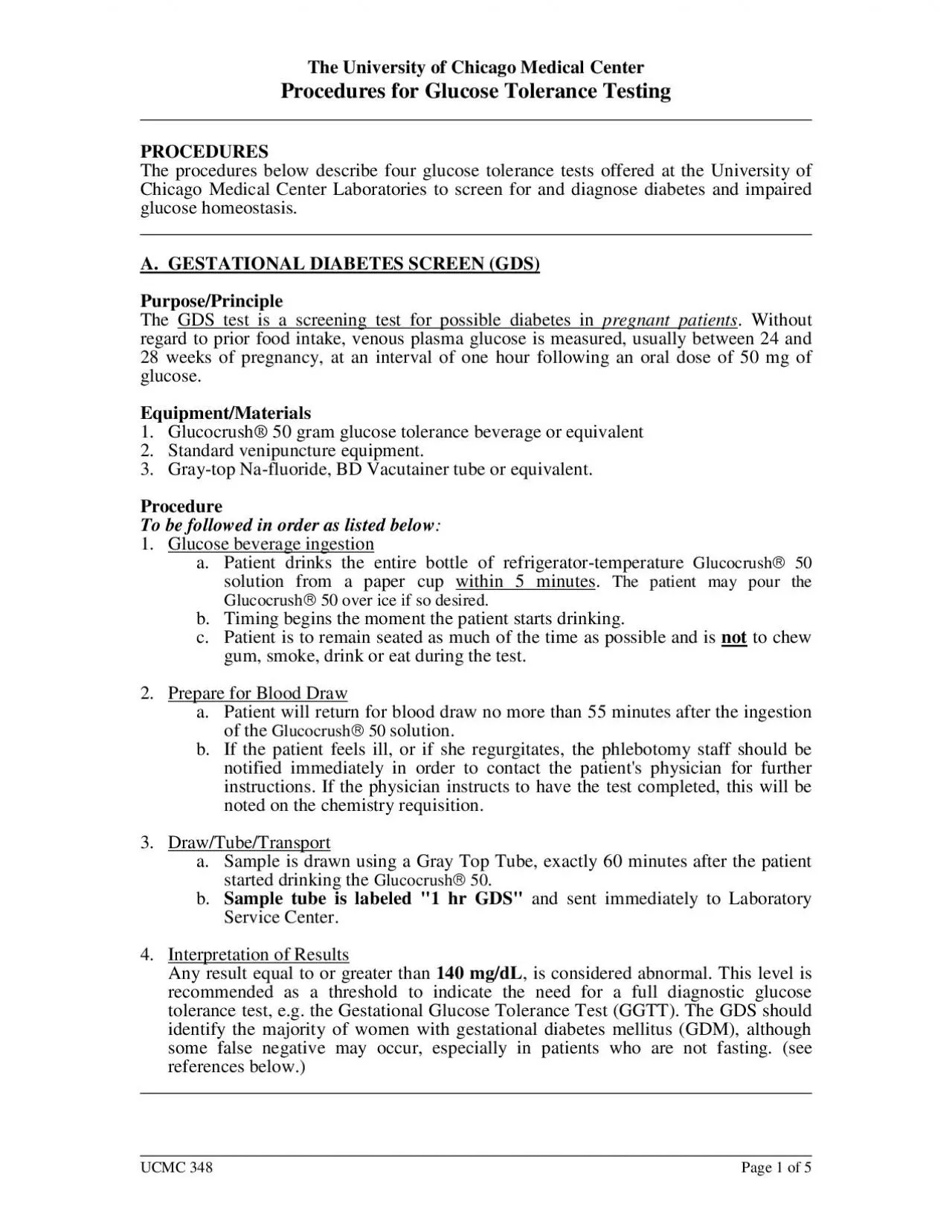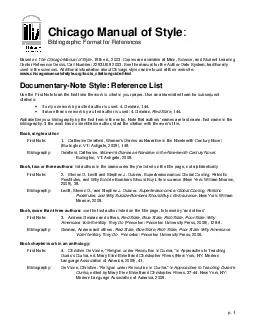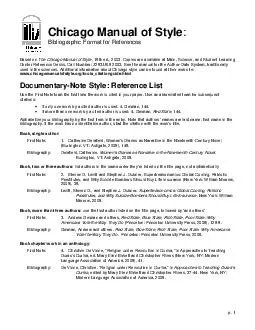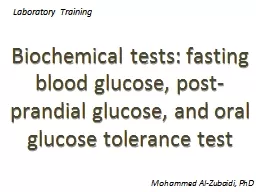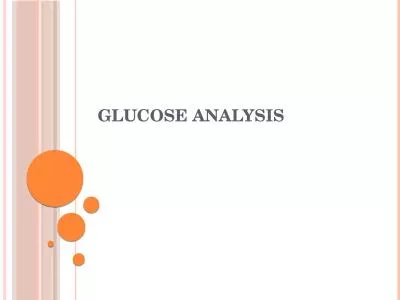PDF-The University of Chicago MedicalCenter Procedures for Glucose Toleran
Author : reagan | Published Date : 2022-10-12
PROCEDURESThe procedures below describe four glucose tolerance tests offered at the University of Chicago Medical Center Laboratories to screen for and diagnose
Presentation Embed Code
Download Presentation
Download Presentation The PPT/PDF document "The University of Chicago MedicalCenter ..." is the property of its rightful owner. Permission is granted to download and print the materials on this website for personal, non-commercial use only, and to display it on your personal computer provided you do not modify the materials and that you retain all copyright notices contained in the materials. By downloading content from our website, you accept the terms of this agreement.
The University of Chicago MedicalCenter Procedures for Glucose Toleran: Transcript
Download Rules Of Document
"The University of Chicago MedicalCenter Procedures for Glucose Toleran"The content belongs to its owner. You may download and print it for personal use, without modification, and keep all copyright notices. By downloading, you agree to these terms.
Related Documents

